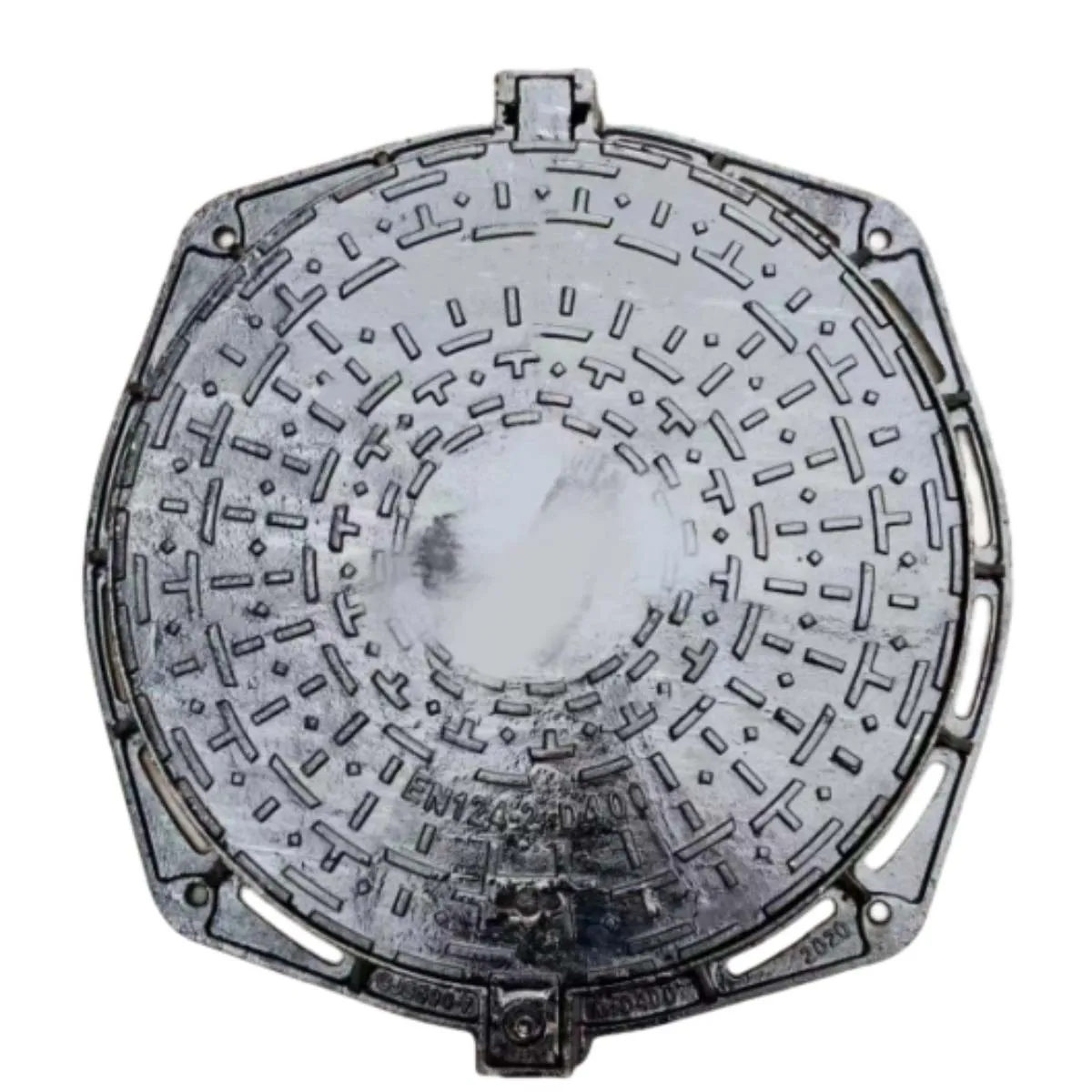di pipe air valve
Understanding DI Pipe Air Valves Importance and Applications
Ductile Iron (DI) pipes are a favored choice in various civil engineering projects, particularly in water supply and sewage systems, due to their strength and durability. However, the efficiency of these systems is significantly enhanced through the proper use of air valves. This article explores the significance of DI pipe air valves, their functionality, and their application in modern piping systems.
What are Air Valves?
Air valves are critical components installed in pipeline systems, specifically designed to release or admit air. They serve two main purposes to release trapped air that can accumulate within the pipeline and to prevent the backflow of contaminants during the inflow of air. This dual action is vital for maintaining the integrity and efficiency of the water distribution system.
Importance of Air Valves in DI Pipe Systems
1. Preventing Air Locks One of the primary functions of air valves is to prevent air locks, which can occur when air pockets form and obstruct the flow of water. Air locks can lead to reduced efficiency and increased operational costs. By allowing trapped air to escape, air valves ensure a smooth and uninterrupted flow within the ductile iron pipes.
2. Protecting Infrastructure In a pipeline system, changes in pressure are common. If air is not vented appropriately, excessive pressure can lead to pipe bursts or other forms of damage. Air valves help to relieve this pressure buildup, protecting the infrastructure from potential failures and extending the life of the piping system.
3. Enhancing Operational Efficiency Properly functioning air valves contribute to the overall efficiency of the water supply or sewage system. By optimizing the flow rate and minimizing disruptions, these valves help to maintain consistent service and reduce energy consumption. This efficiency translates to lower operating costs for municipalities and service providers.
di pipe air valve

4. Preventing Contamination Air valves act as barriers against potential contaminants that could enter the system. When air is drawn into the pipeline, these valves prevent backflow and protect the water quality from outside pollutants. This is particularly crucial in potable water systems, where maintaining the purity of the supply is of utmost importance.
Types of Air Valves
There are several types of air valves commonly used in DI pipe systems
- Air Release Valves These valves allow trapped air to escape from the pipeline during water flow. They are typically used at high points of the system where air accumulation is likely. - Combination Air Valves These valves serve dual purposes, functioning as both air release and vacuum relief valves, making them versatile for various applications.
- Vacuum Relief Valves These valves are crucial in preventing negative pressure conditions within the system, which could lead to pipe collapse or contamination.
Conclusion
In conclusion, the integration of air valves in ductile iron pipe systems is crucial for ensuring optimal performance and longevity. By preventing air locks, protecting infrastructure, enhancing operational efficiency, and maintaining water quality, air valves play a pivotal role in the effective management of pipelines. As the demand for reliable water and sewage systems continues to grow, understanding and utilizing DI pipe air valves will remain a key consideration for engineers and municipalities alike. Their strategic application fosters the sustainability and reliability of essential services that communities depend on every day.
-
The Smarter Choice for Pedestrian AreasNewsJun.30,2025
-
The Gold Standard in Round Drain CoversNewsJun.30,2025
-
The Gold Standard in Manhole Cover SystemsNewsJun.30,2025
-
Superior Drainage Solutions with Premium Gully GratesNewsJun.30,2025
-
Superior Drainage Solutions for Global InfrastructureNewsJun.30,2025
-
Square Manhole Solutions for Modern InfrastructureNewsJun.30,2025
-
Premium Manhole Covers for Modern InfrastructureNewsJun.30,2025
